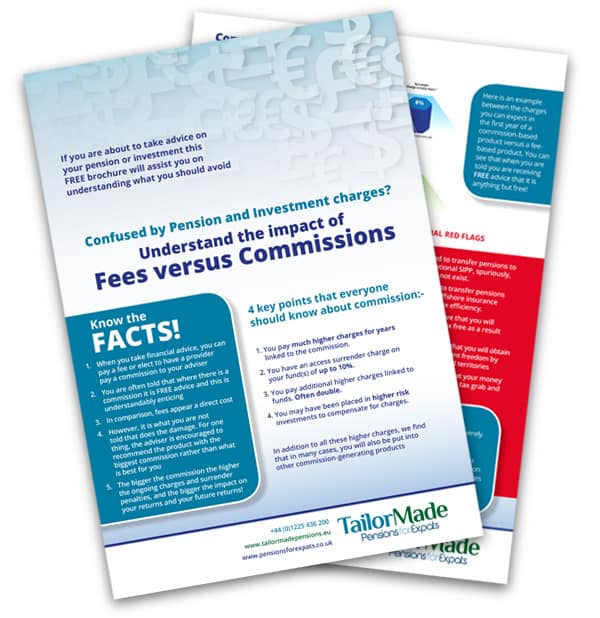Why are offshore regular saving plans so disastrous for most clients?
If you are, or thinking about, saving regular amounts, typically monthly, then how can you avoid a sensible idea turning into a nightmare?
The background
We are often approached by clients that have been recommended an offshore savings plan by their local financial adviser. They have been promised a flexible product with full accessibility available after 2 years, and an illustration promotes the idea of growth at 12% per annum with limited charges. In general it goes something like this:
Salesman offer a saving plans for anything between 15 and 25 years and encourage the client to start saving as much as they can afford at least for the first 2 years. They are assured there is flexibility after the first 2 years and the charges for the savings plan are 1% per annum.
See our video about this here:
A typical situation
Much of what they have been told turns out to be plain wrong, unfortunately! Choosing these types of plans can result in some very poor performance which of course is of no use to the client, as there are some really great ways of achieving a different positive outcome.
First of all, I have to explain why, what they are currently being recommended is often a poor solution; the reason they are encouraged to save as much as possible for the first two years is because this will increase the initial commission the salesman will make. The reason the client is told they must make all of the payments in the first 2 years is to ensure the salesman’s commission is safe; if the client fails to make all of the initial payments then the salesman will have to “pay back” the commission to the life company that has issued the savings plan.
This first 2 year term is known as the “initial period” and this is the main reason the client will only receive 60% or less of their savings back within the first 8 years. Put another way, all of the commission and charges that the savings plan is going to take from the client are linked to this initial period, often through “initial” or “capital” units which have no value until the end of the investment term but also can be an 8% annual cost to the client.
If you consider that for smaller monthly amounts the savings plan can cost an additional 5% per annum to run, it is easy to see why these so called savings plans do not make any money for the client.
My solution
My definition of a savings plan is to build capital for the future through true flexibility, transparent low charges and accessibility that will work with the clients changing circumstances. We have a great solution with a total annual ongoing charge including fund fees of less than 1% per annum. If you want us to manage it, which most people do, then we will charge a transparent fee for our services.
To find out how we can help you and your family’s financial future, contact us and I’ll talk you through the next steps.
TailorMade’s conclusion
The views expressed in this article are not to be construed as personal advice. You should contact a qualified and ideally regulated adviser in order to obtain up to date personal advice with regard to your own personal circumstances. If you do not then you are acting under your own authority and deemed “execution only”. The author does not except any liability for people acting without personalised advice, who base a decision on views expressed in this generic article. Where this article is dated then it is based on legislation as of the date. Legislation changes but articles are rarely updated, although sometimes a new article is written; so, please check for later articles or changes in legislation on official government websites, as this article should not be relied on in isolation.
This article was published in April 2015






